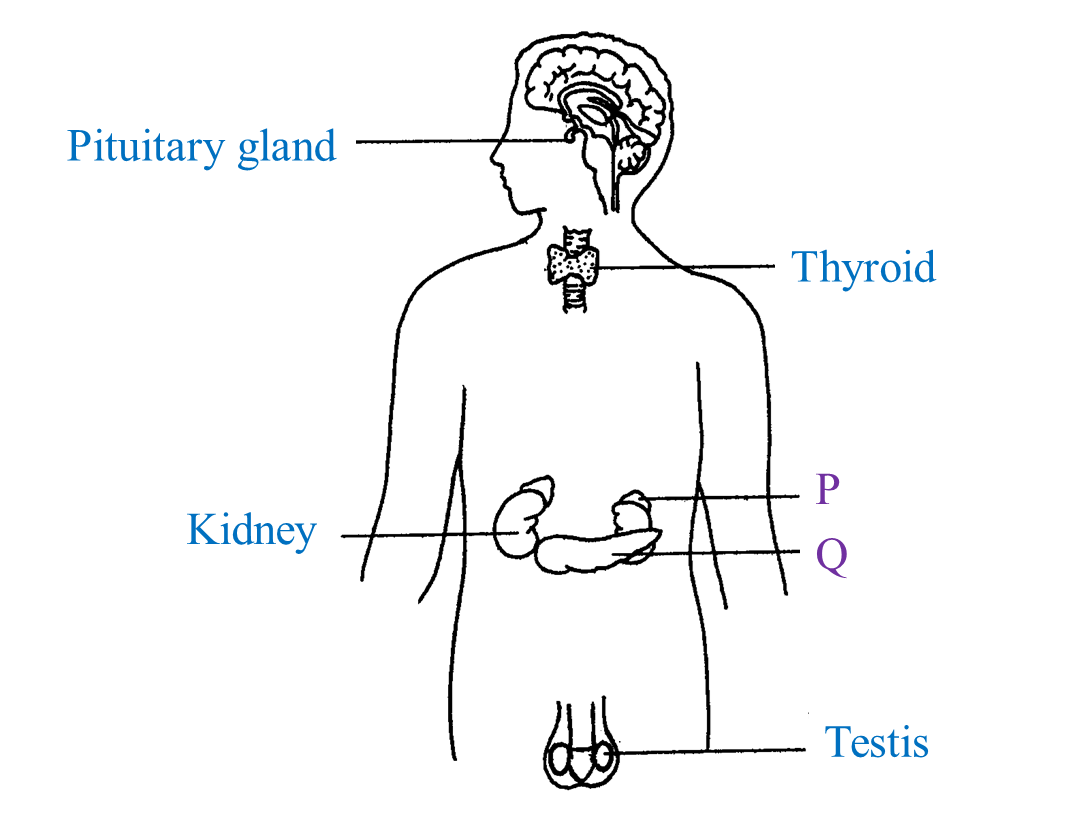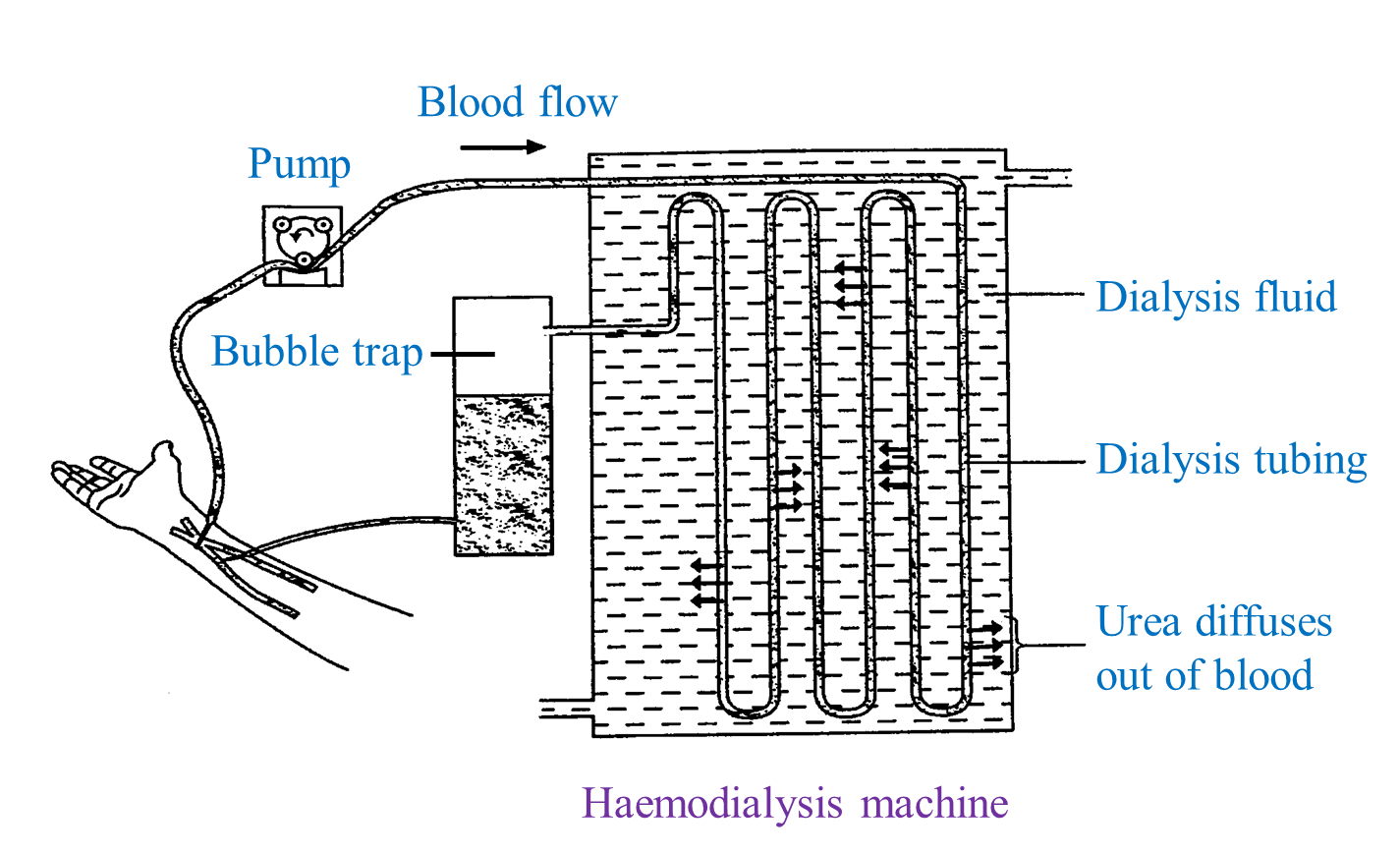Diagram 1 shows the endocrine system in human.
 Diagram 1
Diagram 1
(a) Name structures P and Q. [2 marks]
(b)(i) Name one hormone secreted by Q. [1 mark]
(ii) Explain the role of the hormone named in 1(b)(i) in regulating the level of glucose in the blood.
(c) Table below shows the concentration of amino acid in blood plasma and urine.

Explain the differences between the concentration of amino acid in blood plasma and urine. [2 marks]
(d)(i) Both kidneys of a patient fail to function. This situation causes water imbalance and accumulation of urea in the blood.
Explain the effect of kidney failure to the regulation of water balance in the blood. [2 marks]
(ii) Diagram 2 shows a treatment carried out on the patient.
 Diagram 2
Diagram 2
Explain how urea is removed from his blood using a haemodialysis machine. [3 marks]
Answer:
(a)
P – Adrenal gland
Q – Pancreas
(b)(i)
Insulin or Glucagon
(b)(ii)
Insulin:
- To lower the blood glucose.
- To promote the conversion of glucose to glycogen.
Or
Glucagon:
- To raise the blood glucose level.
- Stimulating the conversion of glycogen to glucose.
(c)
Protein is digested into amino acid, therefore the concentration in blood plasma entering kidney contains higher amino acids. The reabsorption of all amino acid takes place in the proximal convoluted tubule, therefore the urine does not contain amino acid.
(d)(i)
Osmoregulation is achieved mainly by regulating the volume of urine production and excretion from the kidney. Kidney failure causes correction mechanism or negative feedback does not take place.
(d)(ii)
The haemodialysis machine has two sections separated by a semi permeable membrane. Blood passes one side of the membrane and the dialysis solution passes on the other side.
Blood enter the haemodialysis machine due to the concentration gradient between the plasma and the dialysis solution.
The urea is absent in the dialysis solution. The molecule size of urea is small and it allows the urea to diffuse through the membrane from the blood into the dialysis solution.